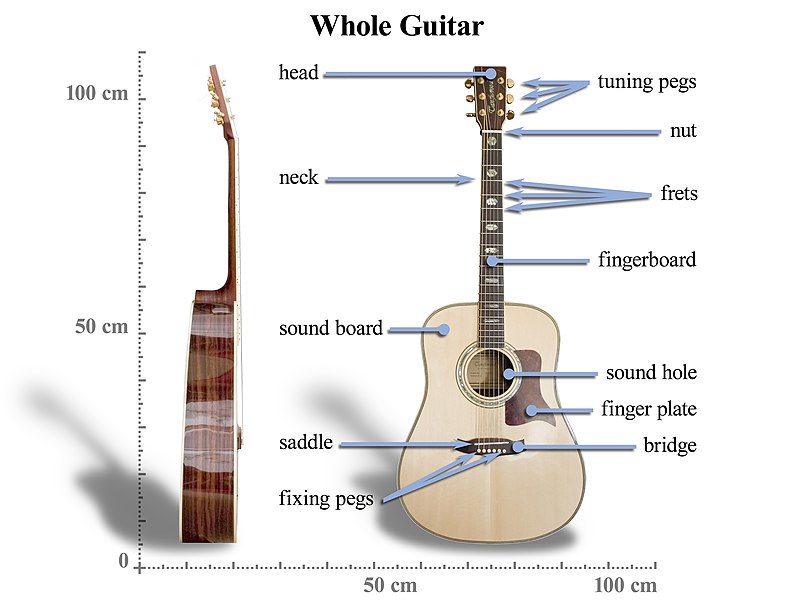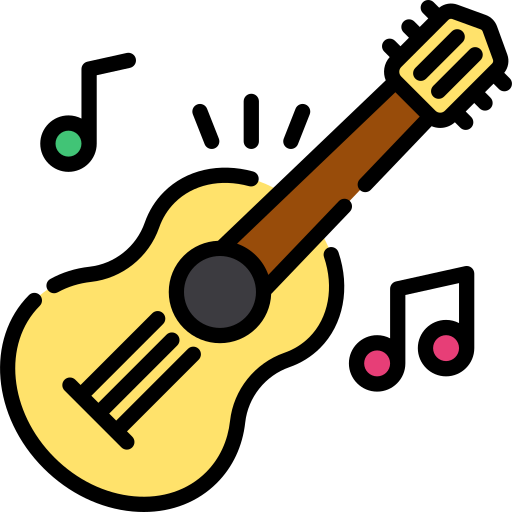You've been rocking the air guitar since you were young, but now you're ready to take the plunge and learn it for real. You've got your first lesson lined up and you're ready to rock! 
At this point, you start to get an anxious feeling because you don't know what to expect from your first lesson.
Clear that purple haze so you can feel prepared!
1. First contact your instructor
You're going to want to give useful information to your instructor so they can give you the learning experience you need.
Below are some tips when making contact with your instructor either by phone, email, or text:
Have you already purchased a guitar (electric or acoustic)? If so, great! Let them know what you are bringing to the first lesson. If not, do they have a guitar that you can use?
Explain what your learning goals are. Do you want to learn simple chords so you can strum along at a campfire? Do you want to become the next Eddie Van Halen?
Let them know if you've played any other instruments in the past.
Give them a list of your favorite genres of music.
Find out if you will need to bring paper and a pen. Believe it or not, you're going to get homework!

2. Getting a head start
You might feel that you want to learn a few basic things before your first lesson so that you're going in with some reference points. By no means is this necessary, as your instructor will begin with the basics, but for some, it can help with their understanding and with their nerves.
Guitar parts
Body: This is the part of the guitar with a curved shape.
Neck: The long thin strip part that you move your hand up and down.
Fretboard: Located on the neck, this sits underneath the strings and you press down on the strings to make notes.
Tuning keys: These tighten and loosen the strings. You turn them to get the guitar in tune.
Soundhole/pickups: This is where the sound comes from. On an acoustic guitar, it's a hole ("soundhole") in the body, and electric guitars use pickups.

Image courtesy of Wikimedia Commons
3. Tuning guitar to standard tuning

It's a very useful starting point to learn the name of the six strings on your pride and joy (your guitar). Luckily, there is a simple phrase you can use to remember the strings (or see if you can come up with your own).
The phrase below goes from the thickest string at the top of the fretboard down to the thinnest string at the bottom. The letter in bold is the string note.
Eddie
Ate
Dynamite
Good
Bye
Eddie
4. Useful terminology to know going into your first lesson

Pick (plectrum): A thin piece of plastic used to strum the strings on the body of the guitar.
Strumming: When you play the guitar by moving the pick or thumb along the strings. This creates the rhythm.
Tablature (tab): This is musical notation for a piece of music that tells you what strings and on what fret you need to put your fingers on.
Chords: Made up of two or more notes played simultaneously. Some chords work well with other chords while some don't.
5. Get in the right mind frame
It can be very soul-destroying to watch YouTube videos of others playing the guitar. Remember, they've been playing for years.You're only at the start of your journey.
Approach your guitar lessons with what American psychologist Carol Dweck calls a "growth mindset".

Understand that:
Skill takes practice
You're forever learning and developing
Failure is central to the learning process.
If you approach your lessons with a thirst for knowledge and practice what you are taught, you will soon feel the joy every guitar player has when they play.
Quiz
Which sentences below use the principles of a growth mindset? Select all that apply:
Take Action

For those about to rock, we salute you!
Your feedback matters to us.
This Byte helped me better understand the topic.
